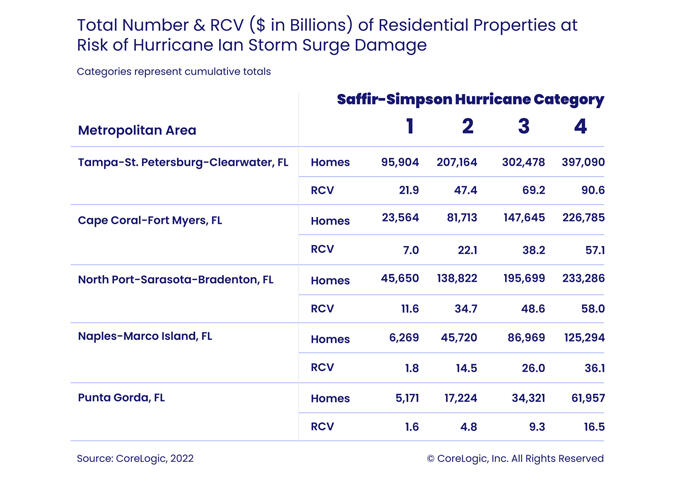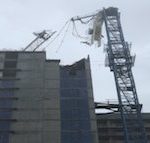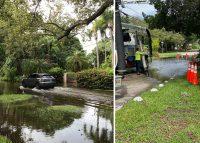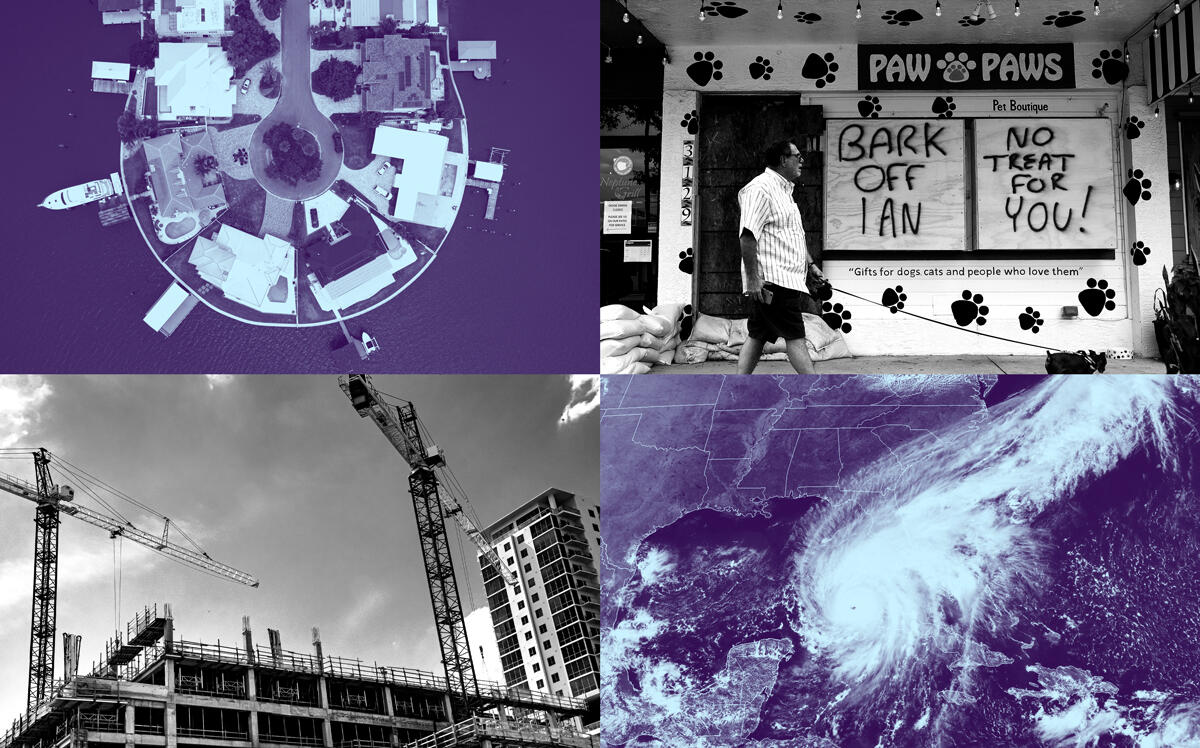Contractors started cleaning up construction job sites from Tampa to Miami late last week ahead of Hurricane Ian’s expected landfall in Florida.
At one site in St. Petersburg, Coastal Construction boarded up glassless windows to secure the property. The glass shortage exacerbated by the pandemic means that the project has gaping holes that had to be tightly secured.
Statewide, contractors and developers have been locking down their construction sites, removing loose items so they do not become projectiles, and making sure that construction cranes are unlocked so they can act as weathervanes when hurricane force winds approach the state.
I’m often surprised that many contractors or developers do not have a hurricane preparedness toolkit or protocol. They do it off the cuff.
The storm, a Category 3 hurricane just off western Cuba as of 5 p.m. Tuesday, is expected to strengthen into a Category 4 storm that will bring a devastating storm surge to Florida’s west coast as it makes landfall. The hurricane could create more than $258 billion in damage to over 1 million homes, according to CoreLogic. South Florida is under a tropical storm warning. The storm surge in Sarasota, for example, could reach 12 feet in some areas, meteorologists predict.

Suffolk Construction’s John Murphy, safety director for the Southeast region, said the company re-evaluates its hurricane procedures each spring. It is also looking at the effects that rising water from “excessive rain” will have on its construction sites, according to a statement from Murphy. Suffolk has more than 20 projects across Florida.

Coastal Construction’s Sean Murphy
Coastal Construction, with five projects in the Tampa/St. Petersburg area and about 20 in South Florida, all in various stages of development, could lose about two weeks of work for some projects, said Co-President Sean Murphy, who is not related to Murphy of Suffolk. Coastal completed bulk cleanups of job sites last week, including bracing loose items, removing portable toilets, emptying dumpsters, lowering construction elevators, cleaning up trailers, unlocking cranes and documenting conditions before the hurricane, he said.
The delays and heavy rainfall likely won’t have a significant impact on projects in South Florida, especially after a dry summer. Murphy said that work days lost as a result of hurricanes aren’t part of the standard “weather days” baked into contracts, though each developer approaches that differently.
“Once the storm passes and conditions are safe, we go out to the site and assess any damage,” Murphy added.

Lisa Colon of Saul Ewing Arnstein & Lehr
Construction attorney Lisa Colon of Saul Ewing Arnstein & Lehr stressed the importance of documenting a project’s condition before and after the storm, as well as having the appropriate insurance. The insurance market could also take a big hit, depending on how catastrophic the damage.
“On the contractor’s side, it’s really important to document the site. Who’s going to be on site at the first opportunity? How are you going to document if the site suffered any damage?” Colon said. “Some damage may be obvious. Some damage may not be obvious.”
Read more



Projects with open roofs are “rather susceptible at this point,” said Greg Main-Baillie, executive managing director for Colliers’ Florida development services group. Colliers has projects statewide, in Tampa, Orlando, Fort Myers, Jacksonville and South Florida.
Older condo buildings up and down the coast undergoing restoration projects should be securing their swing stages, clearing drainage areas and making sure that parking garages are cleared, he said.

Colliers’ Greg Main-Baillie
“We have to make sure all of those [swing stages] are tied down and safe so they don’t become flying cats in the wind,” Main-Baillie said.
Regardless, he and others emphasized that developers and contractors, including subcontractors, need to have a plan in place months in advance.
“I’m often surprised that many contractors or developers do not have a hurricane preparedness toolkit or protocol. They do it off the cuff,” Colon said. “These are things you should definitely have in place, like a company employee handbook.”
